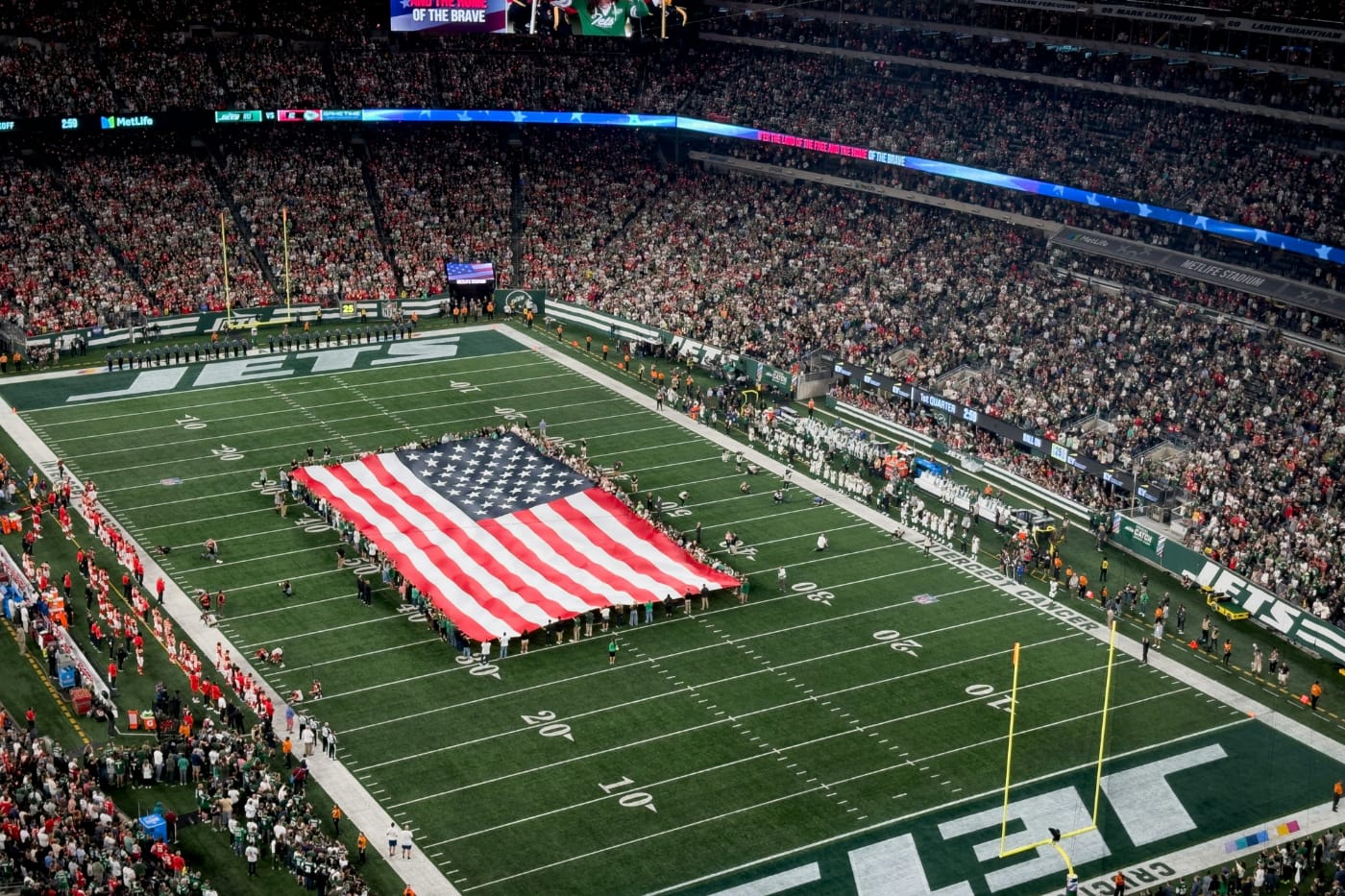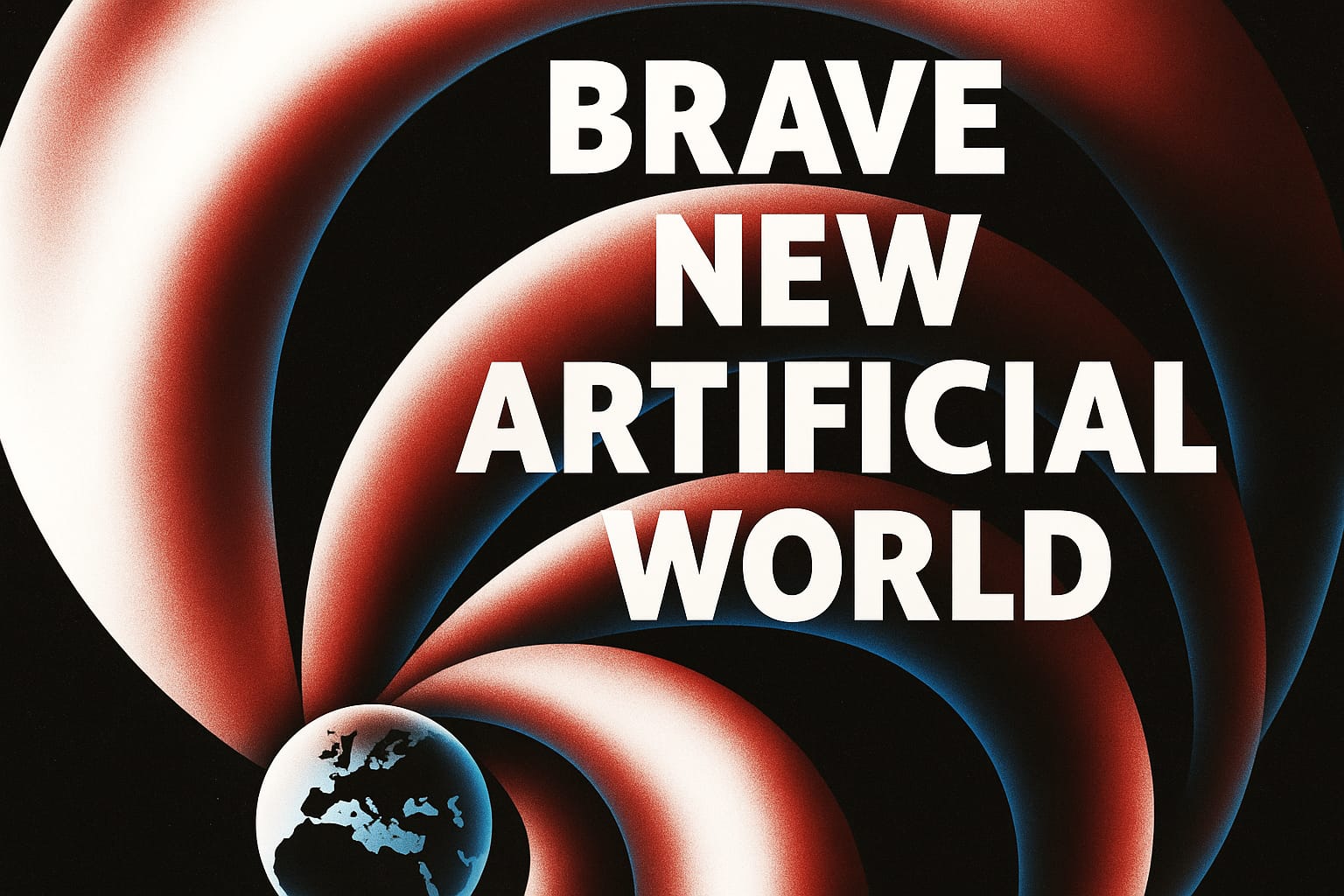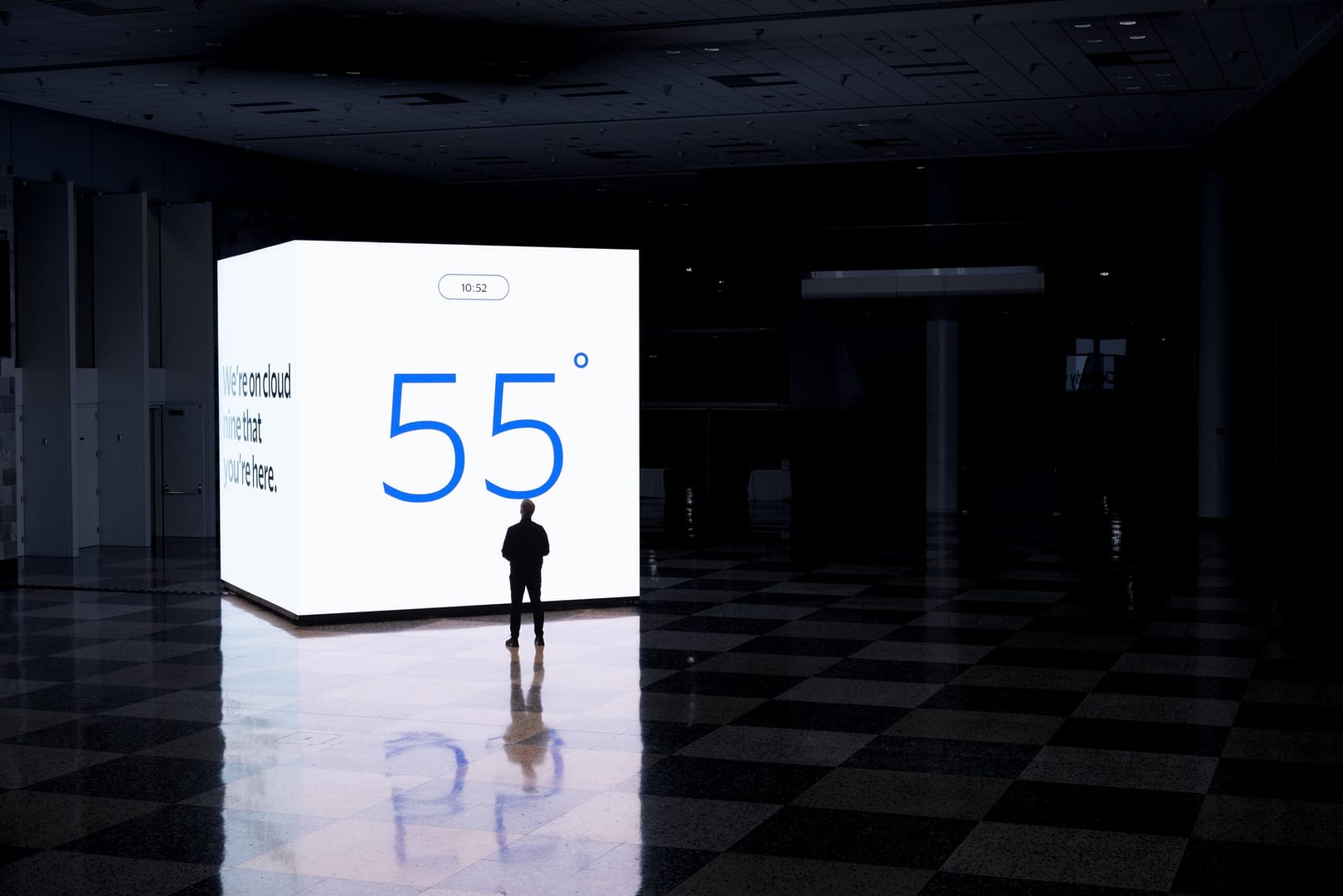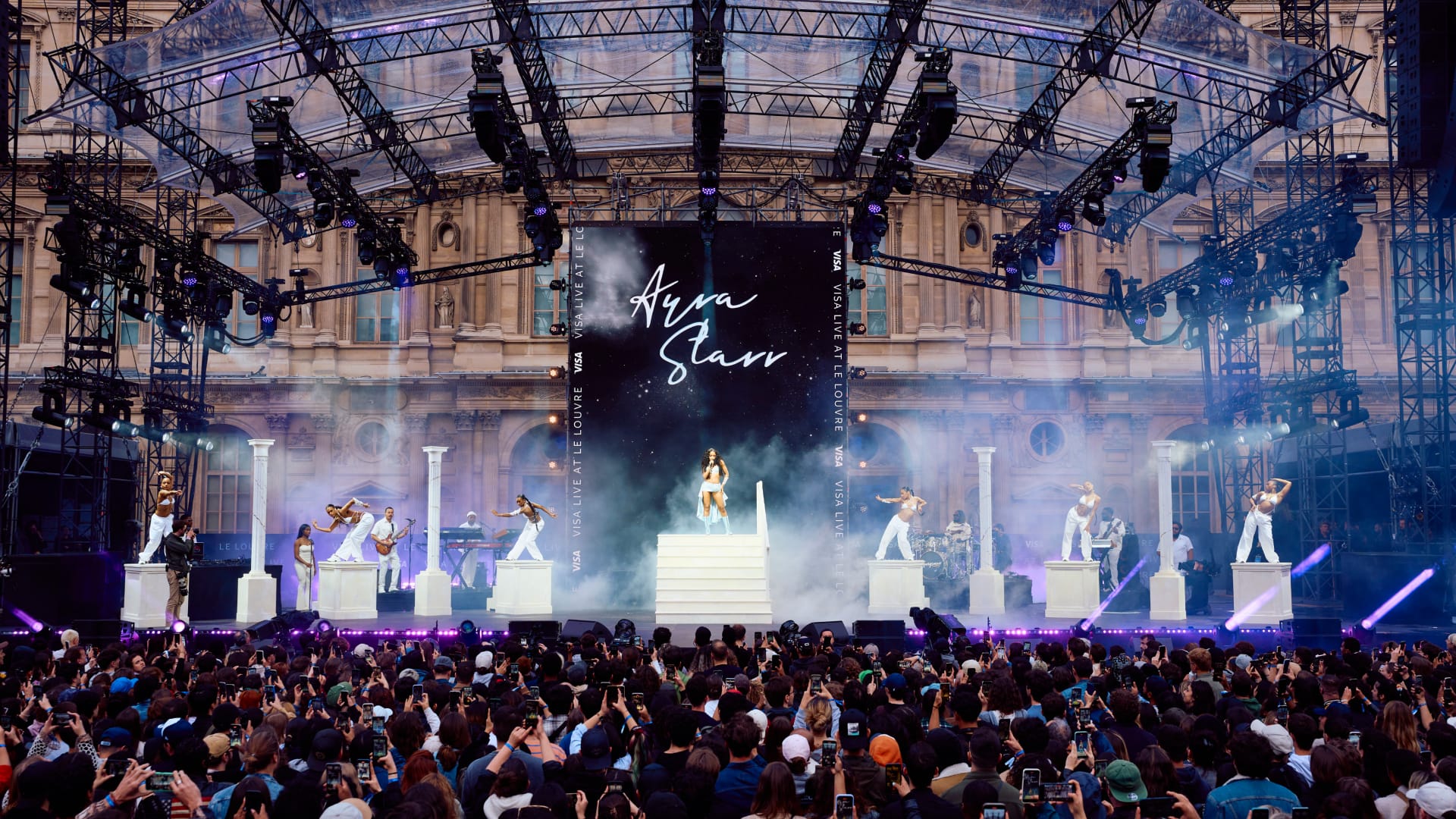
This article first appeared in Sports Business Journal written by, Alex Beazley-Long, Senior Strategist from our New York studio.
Sport has a unique way of connecting people that few other activities can match. Through a sense of community – the bringing together of people from all walks of life with one common interest – fandoms engender a sense of passion and belonging through emotion, be it pure joy or adrenaline-fueled angst. And as any sports fan will tell you, there is nothing like being present to experience the big game in the flesh. But today, there is much more to the experience – thanks to the rights owners, events, teams and brand sponsors involved – than the few hours of the game itself.
There are few better examples of this in action than the Super Bowl. It is without a doubt the standout event of the year in the U.S. sporting calendar. In just over half a century, it has transformed from a season finale game into America’s biggest party – and now to a weeklong immersive experience. This year’s event is set to be bigger and better than ever as Las Vegas opens its doors to host the game for the very first time. For context, the city is already the world’s biggest destination for Super Bowl Sunday, and while Vegas’ Allegiant Stadium has a 65,000 capacity, Las Vegas Super Bowl Committee President and CEO Sam Joffray estimates that the city could see up to 450,000 visitors arriving for kickoff on Feb 11. The good news for the 385,000 unable to score a ticket is that there will be plenty to entertain them.
Sporting events like these have become a hotbed for brands looking to tap into the excitement to create meaningful connections with new customers through experiences. Our research, drawing insights from 2,000 fans across the U.S. and UK, revealed that 81% of respondents are inclined to favour brands that craft experiences for fans. But competition among brands is almost as fierce as among the athletes, so brands looking to use these events to connect with fans must find innovative approaches to leave a lasting impression on fan communities.
Enter generative AI.
From La Liga to Wimbledon, sports organisations have already embraced AI to take fans from spectators to active participants. With AI’s ability to analyse huge data pools at speed, La Liga has used its capabilities to transform fan experience. It offers data-driven insights, real-time player analysis, and enhanced live broadcasts to fans through its Beyond Stats software portal, giving fans an enriched football experience, whether at home or in the stadium.
In the UK, Wimbledon used AI to deliver hyper-personal content and stats in real time during its recent tournament, further immersing tennis fans in the spirit of the game. With enhanced video commentary available on the Wimbledon app and website, AI could draw on ball tracking data and information on shots or positioning of players on the court. This gave fans a more insightful experience that translated into a higher emotional stake in the game.
The NFL is getting in on the action too, through its partnership with AWS. AI has been employed to play a crucial role in prioritising player safety, enhancing fan engagement, and equipping teams with data-driven information to make better decisions. The NFL has implemented The Digital Athlete AI tool to analyse thousands of data points from every play and hit.
But it will be interesting to see how much of this technology we see fan-side and in what capacity at this year’s Super Bowl. To continue to progress in popularity on the same trajectory, the Super Bowl of the future (and the brands that want to be associated with it) will need to meet fans where they are, in their virtual worlds and multi-screen environments. The transformative capabilities of AI will lead to the basic expectation that critical information on players – whether that be statistics, injuries, or game updates – will be available at the click of a button.
There is a plethora of opportunities for brands to tap into here too. The beauty of brand experiences is that, when done correctly, they enable brands to establish visceral emotional connections and a level of brand salience beyond other marketing techniques. The processing ability of AI means brands can personalise at speeds and volumes previously unheard of.
By curating synthetic data and crafting digital twins, AI enables brands to delve into intricate details of individual preferences, behaviours and interactions. This process then empowers them to construct comprehensive customer profiles or personas, with a deep understanding of preferences, interests, and behaviour patterns. And these can manifest in fun ways too. For example, we collaborated with Visa at the 2022 FIFA World Cup to use generative AI to create the Visa Masters of Movement pop up arena where a pitch became the fans’ canvas. Every movement was tracked and displayed on an LED surface beneath players, and any goals scored were transformed into digital art, powered by generative AI and minted as NFTs. It attracted over 100,000 visitors as it gave fans the chance to be the star of the show, representing their country in front of packed crowds.
And with Ford, we have explored ways to create deeper engagement with racing fans by developing an AI-powered customised photo booth experience to instantly transform guests into race car drivers.
But what the Super Bowl and all other sporting events must ensure, is that while AI is a tool to enhance creativity and enable co-creation, it must not detract from the fan experience – be that in-person or virtual. Those involved in these experiences must ask themselves how AI can add or augment so that the joy (and possibly pain) of the competition is not diminished but rather felt more keenly than ever.



